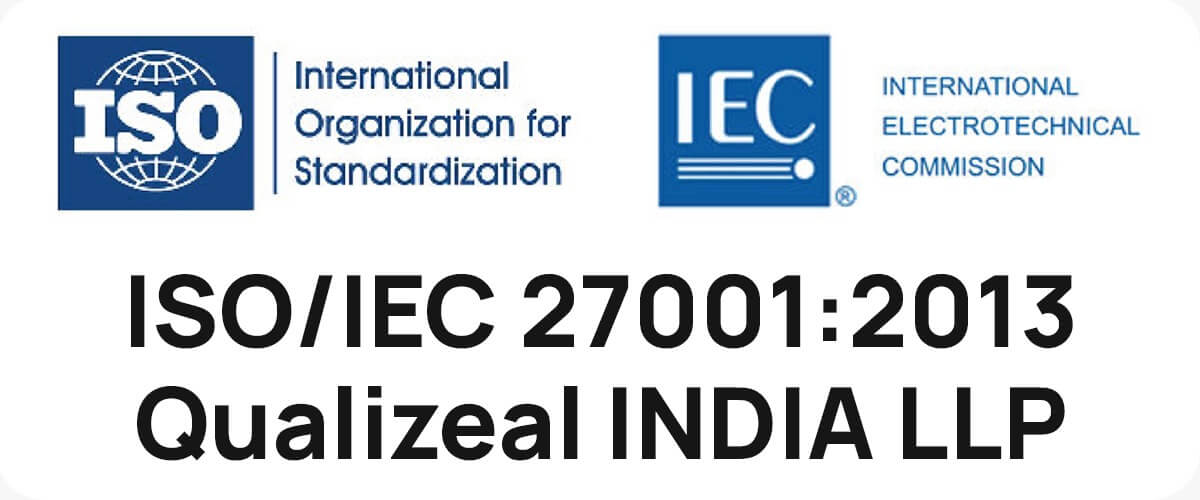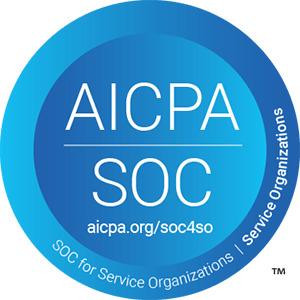
Introduction
User experience (UX) and accessibility have become essential variables in an organization’s sustainable success rather than a passing fad in the current fast-changing digital landscape. For an organization to be sustainable then the most important aspects are the user experience and accessibility in the current fast-evolving arena of digital. Such organizations could enhance customer loyalty up to 85%. 97% of customers think that being digitally accessible was crucial for the navigation of websites and apps, according to the World Health Organization. In general, while most firms still give more importance to functional testing, Quality Engineering can have a considerable enhancement in UX and digital accessibility. Quality engineering is about more than just functionality. It ensures that final software products are not only functional but also user friendly and pleasant to use and accessible to as many users as possible. Companies failing to pay attention to user experience as well as accessibility under growing competition and shifting customer expectations will be overtaken by competitors who are innovative.
The Increasing Role of UX and Accessibility

Clients today want software that loads quickly, is reliable, and easy to navigate. According to Econsultancy, 88% of online shoppers would not return a site if the visit was horrible. Accessibility is very important since about 20% of the world’s population is differently abled. (World Health Organization). Companies that ignore the essence of UX and accessibility might be losing their primary target market and likely face legal issues as adherence requirements such as ADA and WCAG are slowly becoming harder to escape without a compliance citation. This has made quality engineering even more vivid by involving user experience as well as accessibility within the development process. Instead of being overlooked, such features should be involved within quality assurance and quality engineering procedures so that a product satisfies every user’s need such as one with a disability.
1. Accuracy-Based UX Testing to Enhance Usability

Quality engineering promotes accurate UX testing, which is considered essential in the creation of user-friendly and enjoyable software products. The UX testing that occurs during quality engineering is intended to ensure that the produced software is not only working but also allowing people to use it effectively, be engaged with it, and ultimately be useful for all personas and their different workflows.
QE teams use usability testing, A/B testing, and even multivariate testing to see how real users really interact with the product and determine what problems or roadblocks might cause dissatisfaction or abandonment. Companies can thus fix problems before consumers ever get to complain about them and improve satisfaction, involvement, and ultimately, loyal customers.
According to Gartner, user-experience-focused companies outperform their competitors by 200% in ROI. This is simply due to increased customer satisfaction and engagement, which comes from frictionless and intuitive interactions which only the best engineering can make feasible.
2. Accessibility testing for accessible design
This is quite a moral as well as legal responsibility, given the fact that over 1 billion people suffer from some or the other disability in the world. But strict accessibility laws exist in most countries, like ADA is the US, the European Accessibility Act, and so on. Non-compliance can be expensive in terms of paying legal actions, penalties or loss to one’s brand names.
One of the aspects of quality engineering is testing for accessibility. It ensures that those websites and applications not only abide by the laws but also happen to be amicable towards people with several disabilities, such as visual, auditory, cognitive, and mobility limitations. In this testing, it checks whether the software performs within the WCAG 2.1 standards, including compatibility with screen readers, colour contrast, navigation via a keyboard, and alternative text as the description of images.
Quality engineering will ensure that your digital product is available to all users, as part of the early accessibility testing in the development of the software. A wider target audience also shows that there’s a commitment to diversity, hence your company becomes socially conscious and innovative. For instance, studies done by Microsoft reveal that through inclusive design, this perception of your brand would increase by 43 percent, resulting in better customer loyalty and support.
3. Friction points identification and reduction
Identification of friction points in a user experience is a vital activity during quality engineering. Generally speaking, anything that makes it harder or more difficult for the user to interact with the product is friction. Poor-quality construction in the navigation menus of websites, slow loads in websites, and vague directions are just a few possible triggers leading to frustration, reduced interaction, and ultimately lost customers.
According to Google, half of mobile users will give up on a website if it does not load within three seconds. Quality engineering addresses problems in this regard by actively recognizing and removing points of friction through development and testing. This yields better & more intuitive experiences for the final user which potentially leads to increased retention and promotes customer satisfaction.
It is found that a 100-millisecond delay in page loading will reduce the sales by 1%. This means even minute UX enhancements have gigantic bottom-line efficiency impacts, and the importance of good engineering stands out.
4. Performance optimization to improved user engagement

The performance of a product is quite critical in improving user experience as well as accessibility. Slow, glitchy, or sluggish software can attract away competition. 47% of customers expect a webpage to load in under two seconds. 79% will leave the website if it does not perform to expectation. As such, it is important for businesses to ensure that the software is fast at every platform, device, and configuratio n. All this needs quality engineering, as it forms the basis of uncovering the kind of problems a system may have i.e., slow database queries or an awkward code running on the server. Quality engineering tackles these problems so that the software is working under loads of users, improving the user experience and usability under varying network speeds and (or) device capabilities. Better performance also leads to higher conversion results. According to Google, a one second delay on mobile pages can cause a 20% drop-in conversion rate. Quality engineering brings improved business results with the users’ engagement through improving performance.
5. Future Readiness Through Continuous Testing and Automation

The digital landscape changes with new technology, platforms, and user behaviors day in and day out. Companies must be constantly adjusting the products according to shifts in customer needs to stay competitive. Quality engineering helps companies prepare for tomorrow by continually automating and testing their software.
Continuous testing therefore ensures that the product remains updated and active. Automating it would allow quality engineers quick testing in a consistent manner to a great scale, maintaining user experience as accessibility even as the product changes
This is especially critical in the DevOps and Agile age of software updates, which are released frequently. Quality engineering teams can readily identify these potential problems and solve them if this sort of continuous testing follows a lifecycle through the entire development process without having any type of detrimental effects on the user experience for the software, ensuring it will work correctly and even be usable for a long time beyond its initial release.
QualiZeal’s Quality Engineering services for improved UX and Accessibility

We know that creating a perfect digital product is more than just functional; it needs to be user-friendly, accessible, and really make the lives of your customers memorable. Our service in quality engineering ensures that your product is really catering to the needs of all users – including those with impairments.
We specialize in diverse industries and are equipped with advanced testing tools, such as AI-based automation, performance testing, and accessibility assessments, to yield results far above the average. QualiZeal provides full-fledged QE solutions for those looking for a consistent, smooth, and user-friendly experience for all customers be it in a new or an enhanced product.
Teaming with QualiZeal means more than technical competence-it’s delivering a digital product that intrigues, excites, and fascinates users while meeting top accessibility criteria. Are you ready to make your software more accessible and usable? Contact us at qzinfo@qualizeal.com to learn how we can help bring authentic inclusive digital experience to life.












